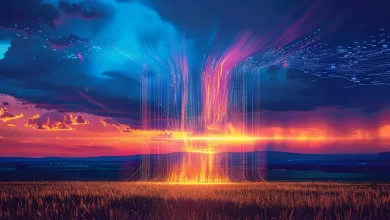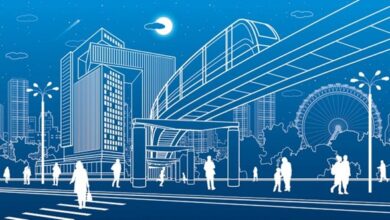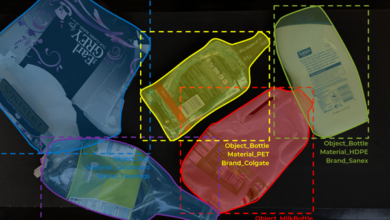
The Issue
Since the devastating 1999 earthquake in Istanbul that killed more than 18,000 people and left half a million homeless, experts have been warning about the need to prepare for another major earthquake and improve earthquake response time for these deadly situations.
Late in 2019, a group of changemakers in the heart of Istanbul were looking to embark on a new project, in which they could apply innovative AI technology to solve a major issue for their local community.
Well aware of the predictions that a major quake could hit at any time, these members of Impact Hub Istanbul, part of a global community focused on social innovation, decided to concentrate on response efforts in the immediate aftermath of an earthquake.
Earthquake response — that’s a broad problem.
Impact Hub Istanbul pulled in Omdena for their proven expertise in quickly transforming vague problem definitions into well-defined AI use cases.
Omdena is a global platform where AI experts, engaged citizens and aspiring data scientists from diverse backgrounds collaborate to build AI-based solutions to humanity’s toughest problems.
In Omdena’s eight-week challenge, a community of 40 to 50 collaborators from around the world delivers deployable solutions using real-world data.
Omdena’s innovative approach to building AI solutions for natural disasters has prevented further casualties while increasing response time. This time it was to improve earthquake response time.
Omdena’s partners include the United Nations, non-profit organizations, and private corporations.
In less than a year since our founding, over 700 AI enthusiasts from 70 countries have come together on Omdena challenges to solve social problems related to hunger, PTSD, sexual harassment, gang violence, wildfire prevention, and energy poverty.
With the Omdena collaborators on board, the team considered the human experience of surviving an earthquake.
They recognized a simple but significant dilemma. If family members are in different locations when an earthquake hits, as is the case when children are at school and parents are at work, reuniting is their highest priority.
And that can be a terrifying prospect when it’s unclear how to safely navigate a city amid damage and destruction.
Could an AI system be built, using machine learning techniques, that would provide safe and fast route planning to reunite families in the hours after an earthquake hits?
Is machine learning applicable to an earthquake response?
We find that the best way to know if machine learning can solve a problem is to get out of the lab.
By brainstorming with a diverse group of collaborators who bring different perspectives and expertise, potential solutions to a problem emerge.
Modeling these alternative approaches using real-world data tells us what works.
Together with Impact Hub Istanbul, we explored many alternate strategies for route planning. It was clear that parents and children should take paths that are likely to be safe after an earthquake.
However, we needed to define what “safe” means in this context and then find the data required to assess it.
Collaborator Nguyen Tran shares the internal debates about framing the problem in his article on the challenge.
As is often the case in real-world situations, the ideal data didn’t exist.
When we uncover data roadblocks — nonexistent, incomplete or inaccurate data — we invent ways to get around them.
The domain expertise of our partners and the creativity of our diverse collaborators come into play.
Semih Boyaci, Co-Founder of Impact Hub Istanbul, sees the benefit of working with an inclusive team: “As different community members contribute to the solutions, a significant level of diversity is integrated into the solutions. This not only prevents potential errors in a timely manner but also brings a higher level of creativity to the challenge process.”
Through this collaborative and iterative process, we are able to start with a vague question and quickly refine it to one that is clear and actionable. And in the process, build a solution.
A prototype points to the path forward.
The goal was to create a prototype to accurately predict and verify safe routes between schools, hospitals, workplaces, and homes in one region of Istanbul.
Focusing on the city’s Fatih district, the team pulled together and crafted data on the buildings and streets and built a model that calculated a risk score for each section of the district.
Using various algorithms, the model identifies the shortest and safest path between two locations.
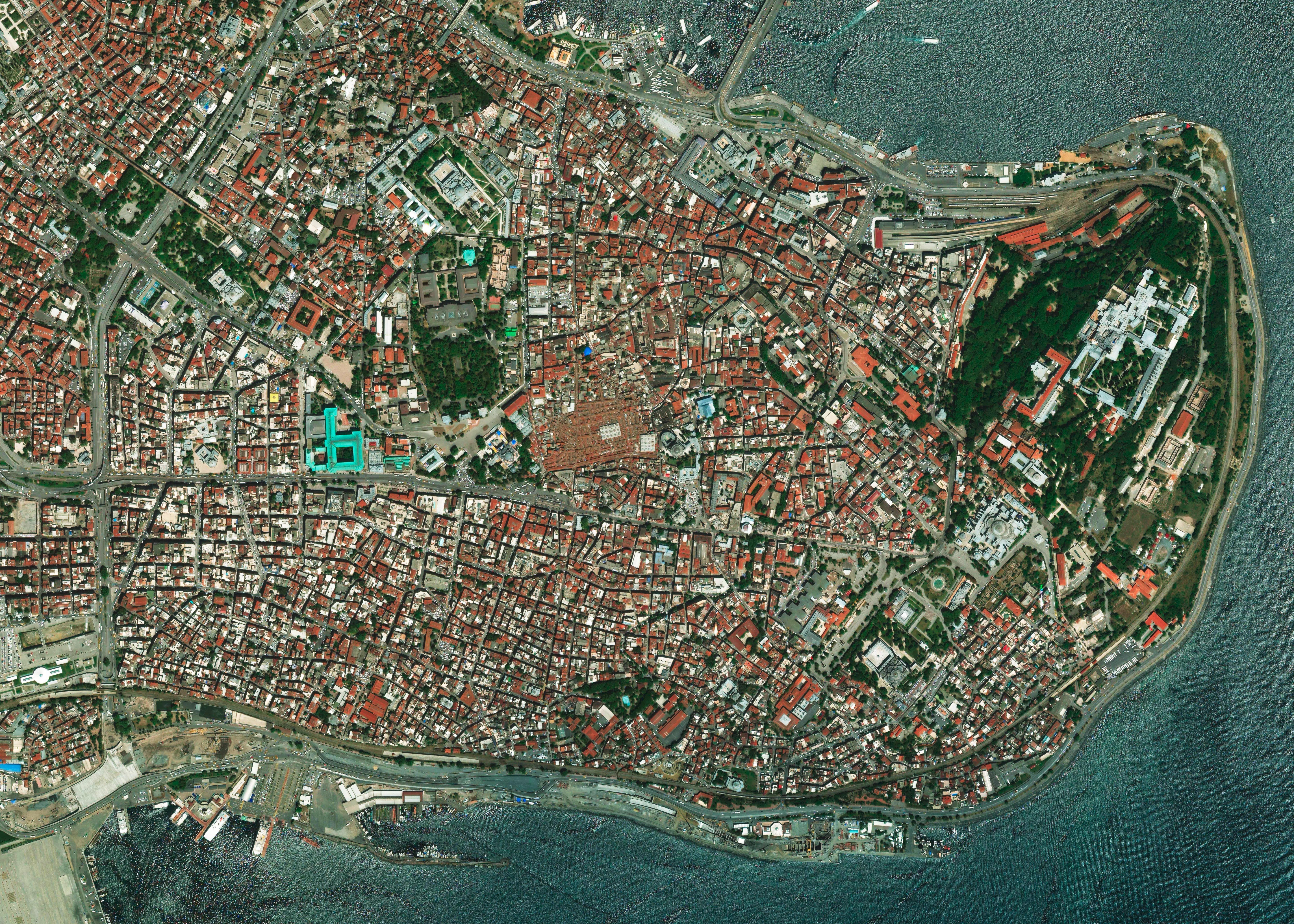
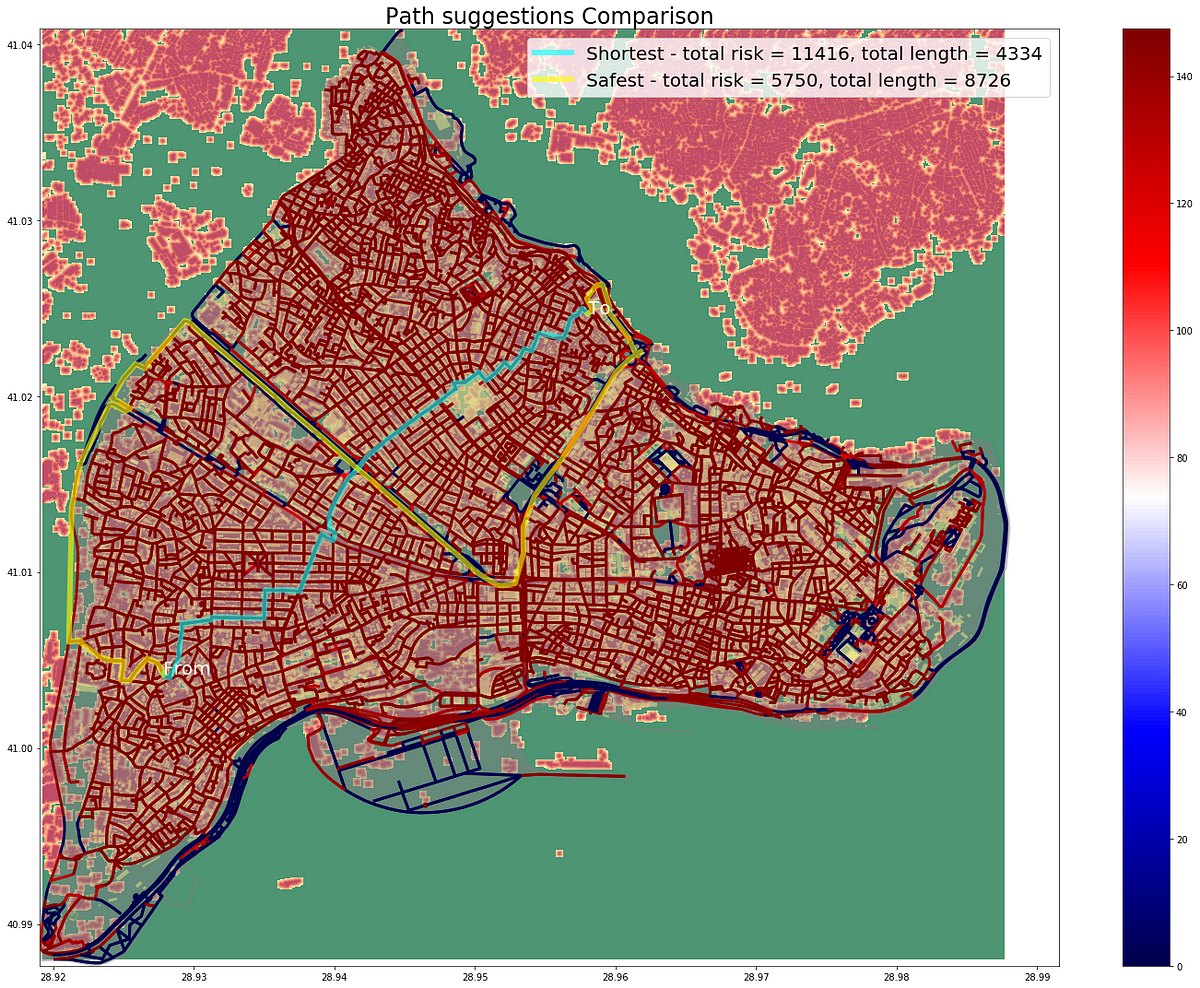
You can learn more about the data science behind this project from collaborator Sergio Ramírez Gallego.
Building a prototype is a low-risk way to assess the applicability of AI techniques to a broad problem area and establish a direction for further investment and resources.
Collaborator David Tran shares, “In a span of two months, we’ve explored the boundaries of the solution space, navigated through the limitations in data availability and technical complexity, and arrived at a functional solution.”
With a proof-of-concept in-hand, Impact Hub Istanbul has defined a concrete way to have an impact on earthquake response in their city using AI.
What’s next?
Just as the project wrapped up in the last weeks of January its relevance was underscored when a 6.7 magnitude earthquake shook eastern Turkey, tragically killing at least 30 people and injuring more than 1600 — further motivating the Impact Hub Istanbul team to turn the prototype into a deployable application that incorporates all the districts of Istanbul. Before the next earthquake hits.
Semih Boyaci, Co-Founder, Impact Hub Istanbul, said: “The result of this stunning process with Omdena was an AI-powered tool that helps families reunite in case of an earthquake by calculating the shortest and safest roads. It was really incredible to witness the productivity level when a group of talented people comes together around common motivations to solve problems for the social good. I believe that this is the way of working that all companies need to achieve in order to work with new generations.”

